
Characters, String and Selections
Faculty of Information Technology, Hanoi University

2
What You Are About To Achieve
❖The previous lecture introduced fundamental programming techniques and taught
you how to write simple programs to solve basic problems. By the end of this
lecture, we are going to:
❑Understand the use of basic math functions such as min, max, and abs to
manipulate numeric values.
❑Explore the capabilities of random number generation using the random function
for various use cases.
❑Learn how to manipulate and analyze characters and strings through various
string methods and properties.
❑Master conditional statements using if, if else, and nested if to control the flow of
your program.
❑Implement decision-making logic using switch statements for clearer, structured
branching.
❑Apply the ternary operator for concise conditional expressions.

3
❖Mathematical Functions
❖Characters
❖String
❖Selections – Conditions
❖Selections - IF
❖Selections - Switch
❖Selections – Ternary
❖Common Errors and Pitfalls
❖Final Touches

4
Mathematical Functions
❖Java provides many useful methods in the Math class for performing common
mathematical functions. A method is a group of statements that performs a specific task.
You have already used the pow(a, b) method in the previous lecture. This section
introduces other useful methods in the Math class. They can be categorized as:
❑Trigonometric methods
❑Exponent methods
❑Service methods
❖Service methods include the rounding, minimum, maximum, absolute, and random
methods. In addition to methods, the Math class provides two useful double constants, PI
and E (the base of natural logarithms). You can use these constants as Math.PI and Math.E
in any program.

5
Mathematical Functions – Trigonometric methods
❖The Math class contains the following methods as shown below for performing
trigonometric functions:


![Đề thi học kì 1 môn Cấu trúc dữ liệu và giải thuật năm 2024-2025 có đáp án [mới nhất]](https://cdn.tailieu.vn/images/document/thumbnail/2025/20250401/lakim0906/135x160/8771743476403.jpg)
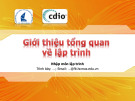


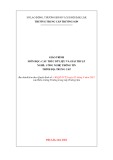
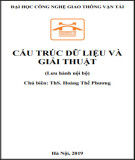
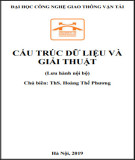
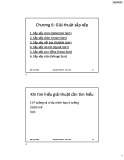
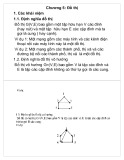

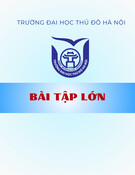
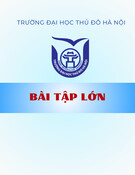
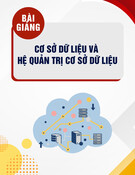

![Đề thi cuối học kì 2 môn Cấu trúc dữ liệu và giải thuật [kèm đáp án/mới nhất]](https://cdn.tailieu.vn/images/document/thumbnail/2025/20251014/lakim0906/135x160/89711760416179.jpg)
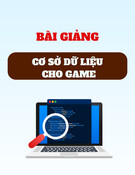
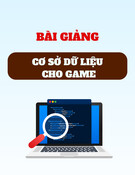
![Tài liệu Nhập môn Học máy và Khai phá Dữ liệu [chuẩn nhất]](https://cdn.tailieu.vn/images/document/thumbnail/2025/20251001/kimphuong1001/135x160/531759303870.jpg)






